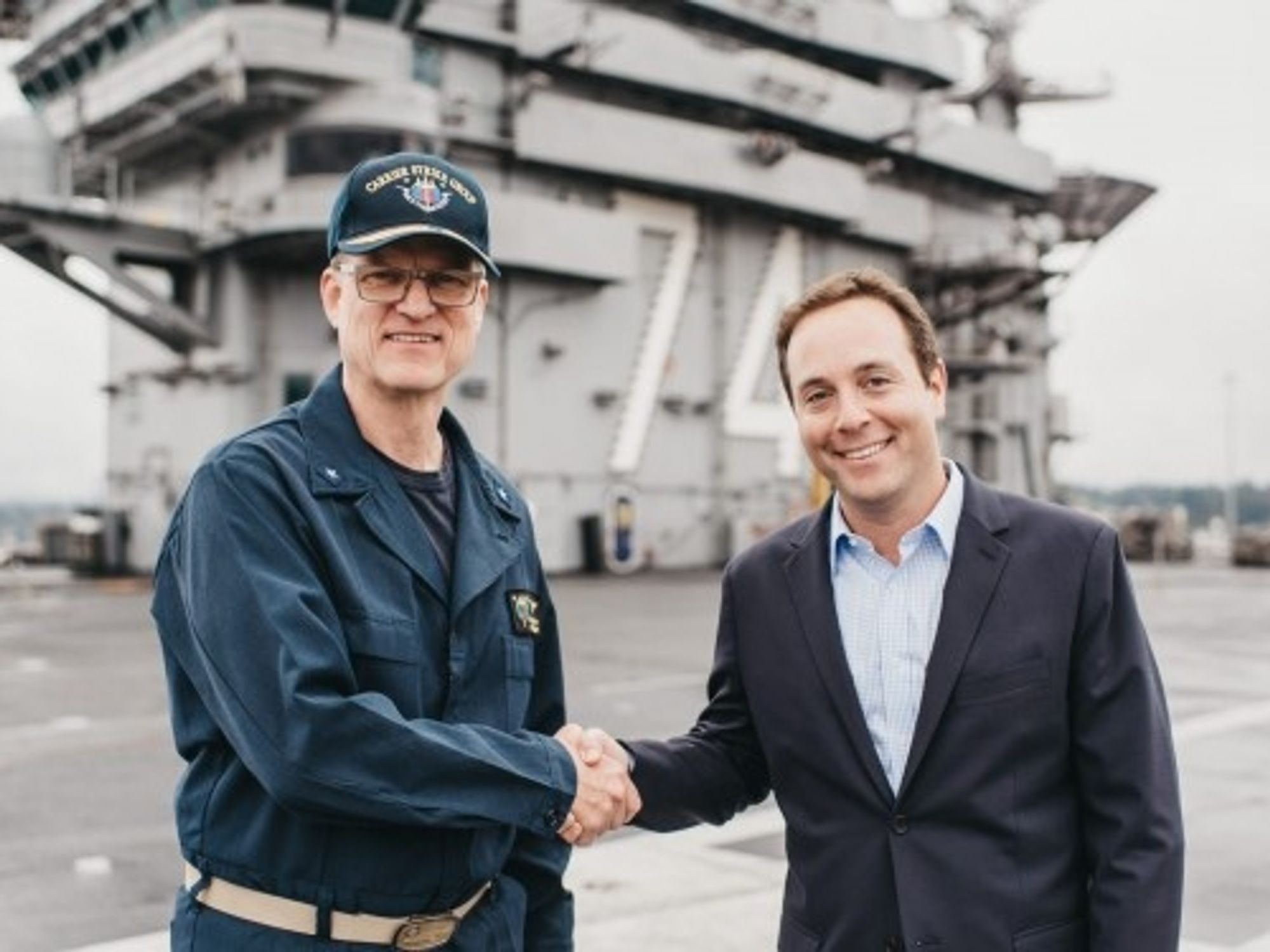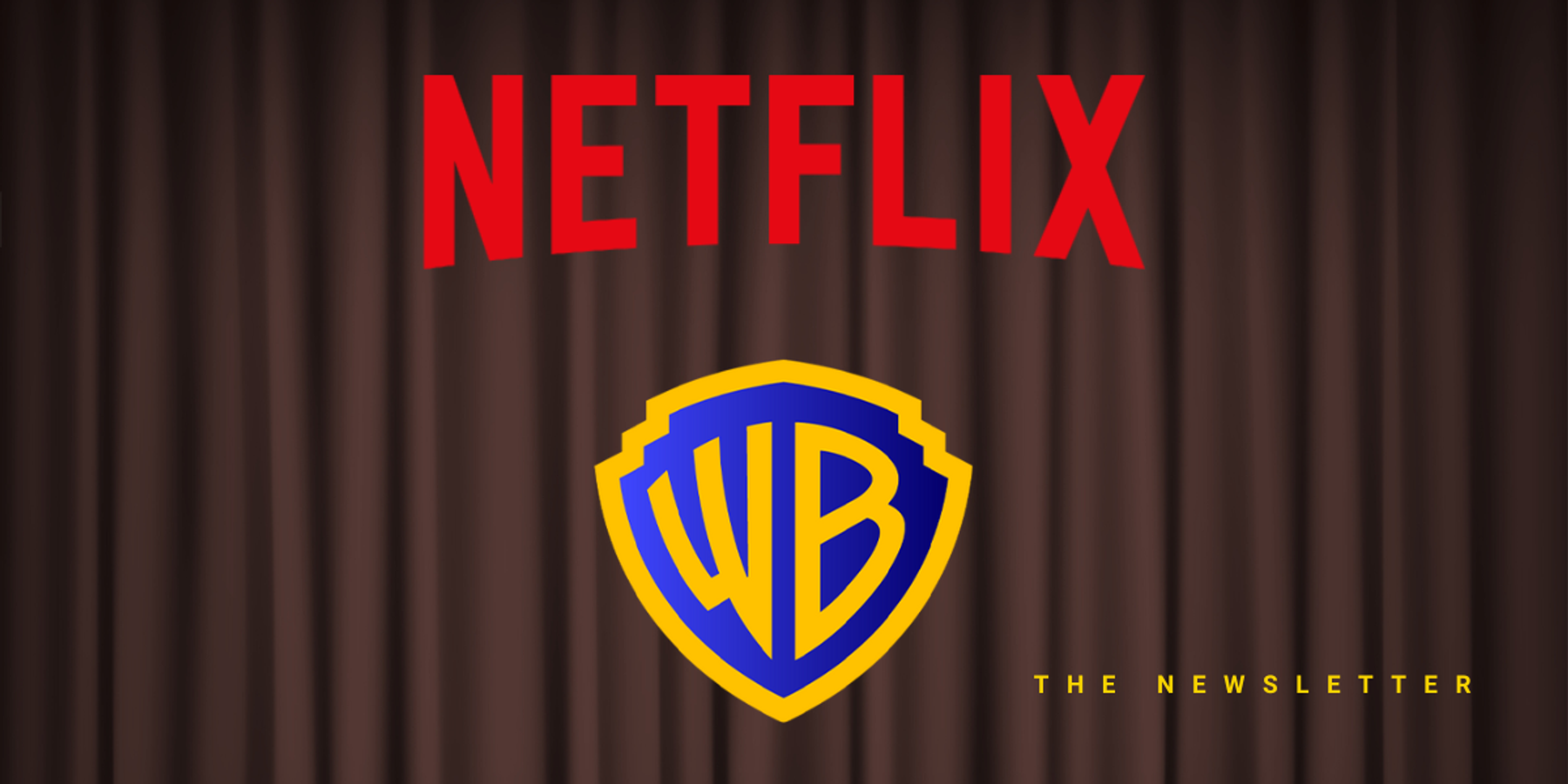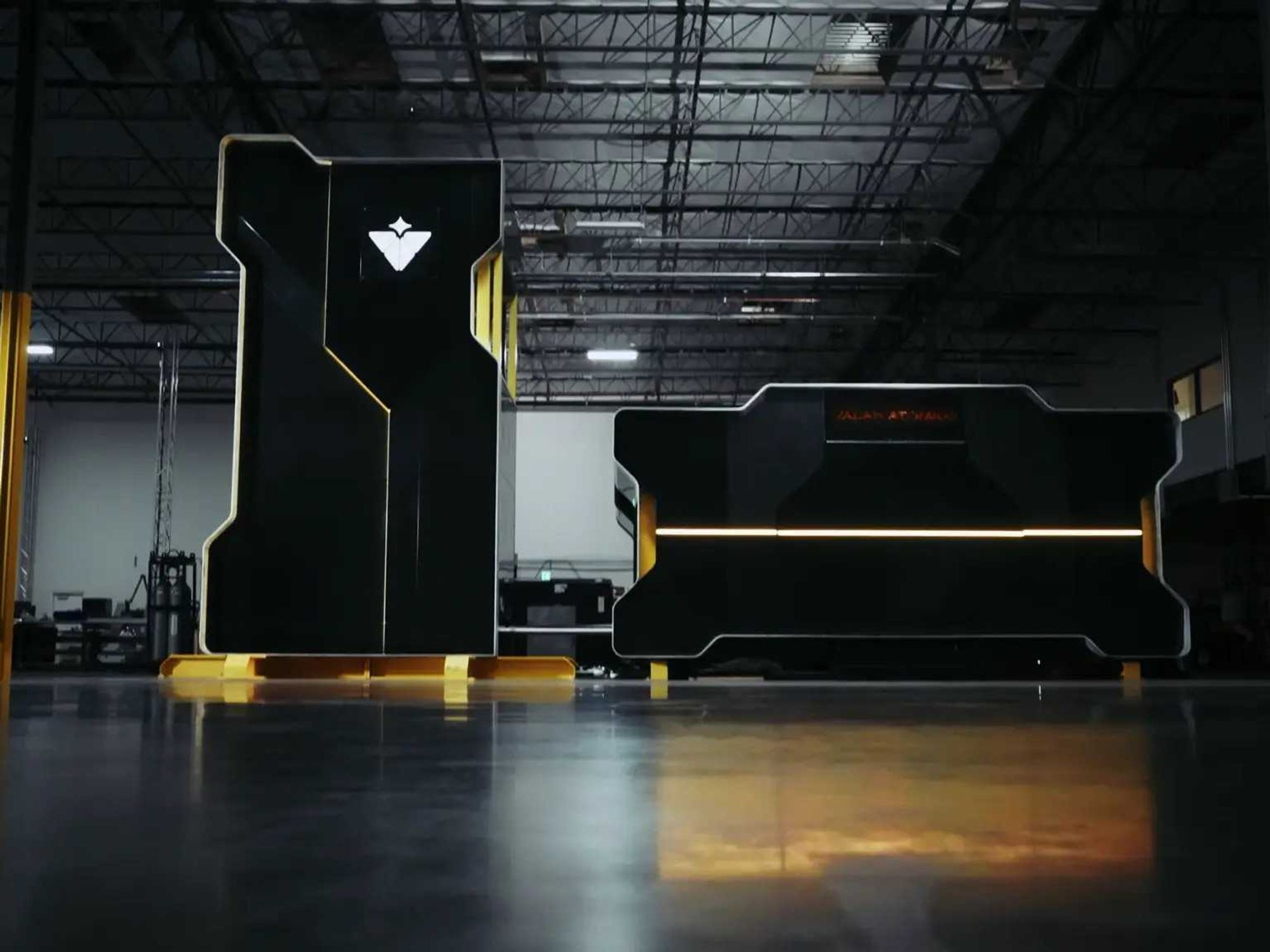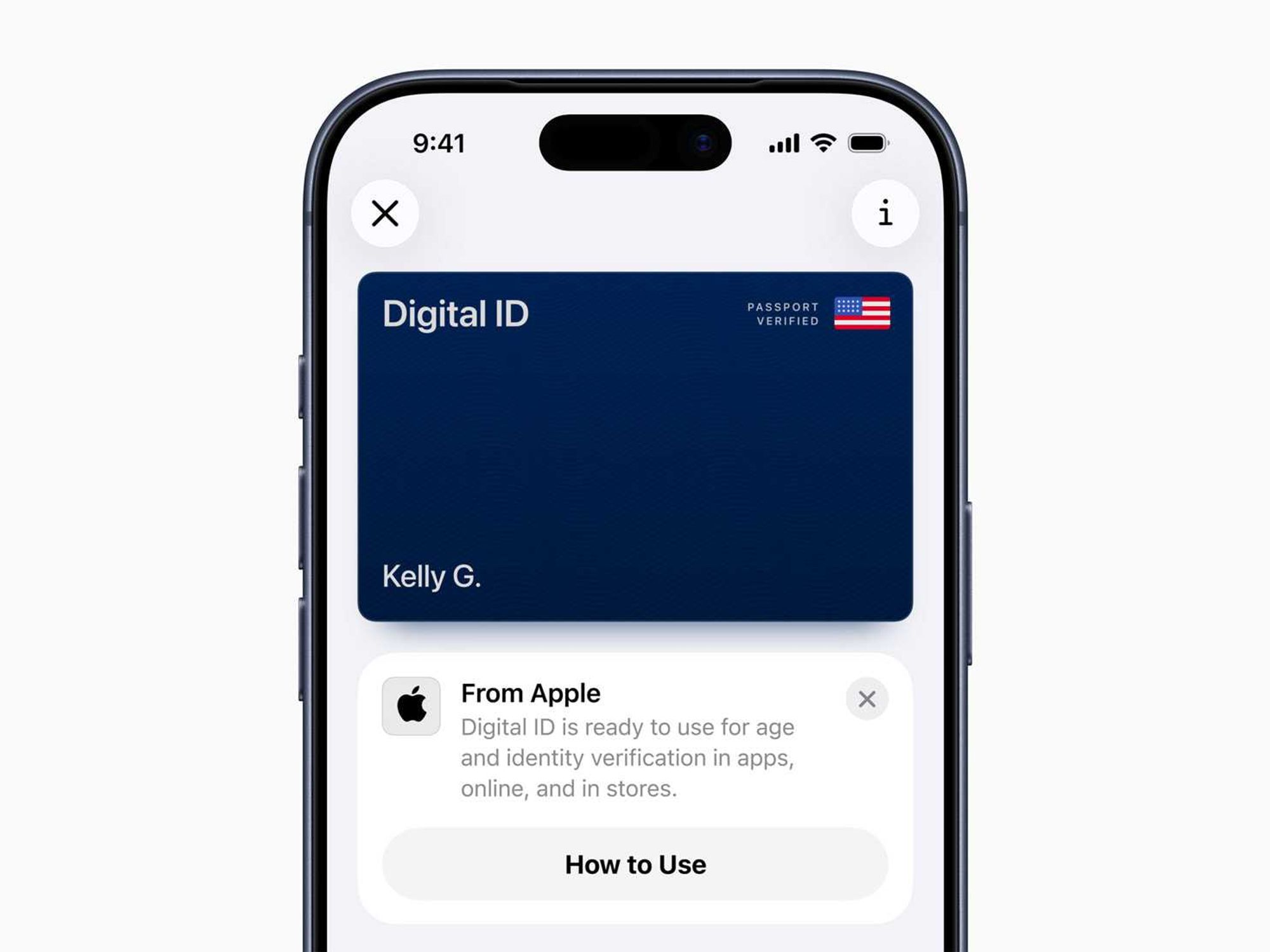Rear Admiral Wettlaufer on Creating a Culture of Excellence
Spencer Rascoff serves as executive chairman of dot.LA. He is an entrepreneur and company leader who co-founded Zillow, Hotwire, dot.LA, Pacaso and Supernova, and who served as Zillow's CEO for a decade. During Spencer's time as CEO, Zillow won dozens of "best places to work" awards as it grew to over 4,500 employees, $3 billion in revenue, and $10 billion in market capitalization. Prior to Zillow, Spencer co-founded and was VP Corporate Development of Hotwire, which was sold to Expedia for $685 million in 2003. Through his startup studio and venture capital firm, 75 & Sunny, Spencer is an active angel investor in over 100 companies and is incubating several more.

Earlier this year, Spencer had an opportunity through the Navy's Distinguished Visitors Program to visit the USS John C. Stennis, an aircraft carrier. During his time aboard the ship, Spencer met Rear Admiral Michael Wettlaufer, who's spent 32 years serving in the Navy. Throughout his career, Admiral Wettlaufer has received multiple medals for his service, logged 3,500 flying hours, flown 49 different aircraft types and made over 800 arrested landings. To say he's a brave and accomplished leader is an understatement. In this episode, Spencer returns to the USS Stennis for a conversation with Admiral Wettlaufer about leadership. The two cover a lot of ground, including the Admiral's impressive career in the Navy, the importance of teamwork and how to build a culture that's committed to excellence.
Press Play to hear the full conversation or check out the transcript below. You can also subscribe to Office Hours on Apple Podcasts.
Rear Admiral Michael Wettlaufer: So the opinions that I may give are my own and not those of the United States government, the United States Navy or the Department of Defense. How about that.
Spencer Rascoff: All right. The lawyers are satisfied. Admiral, it's amazing to be back here. I was here for, I guess, two nights a couple months ago, somewhere in the Pacific at an undisclosed location. You never did tell me where we were exactly, but we were at sea, and I had an extraordinary time getting to know you a little bit, getting to know your staff, and speaking with so many sailors. I felt like I learned more about leadership and management in those two days at sea than anyone could learn sometimes in a career. I'm grateful that you let me come back here and get some of these learnings on tape, so thank you.
Admiral Wettlaufer: Well, I'm happy to have you back, and it's great that you had some time between then and now as well so you can think about maybe what you saw and the fact that as you came out, and I described earlier to some of the folks in the room, as you come out and you go to the aircraft carrier you think, “I'm gonna see the coolest, this cool giant machinery," right?
But in the end, none of the machinery works without all those young leaders who are at various stages of learning to lead, which part of that is learning how to follow, right? It's an amazing experience, and I am honored every single day just to be involved with those people.
Spencer: So let's start with your career and sort of take a step back. You've had a 33-year, 32-year career in the Navy. Just walk us through, even at the very beginning, why did you join the Navy? Then give us some career highlights to bring us to the present.
Admiral Wettlaufer: It's a great question 'cause it's one I ask myself. You look back after this amount of time. I was a microbiology major in college, and I did not wanna be in a laboratory ever again after I finished my degree. I was thinking about that, what do I do that's gonna be exciting?
Spencer: At traditional college or at Navy?
Admiral Wettlaufer: No, university, Colorado State.
Spencer: OK.
Admiral Wettlaufer: So when I finished school and had a great time learning, loved to learn, but I wanted to change what I was doing, and I have a lot of family members, my dad's family and my mom's family, who were in the military. A doc that my dad worked with asked me the question about a year prior, said, “What are you really gonna do?"
So end of school, graduate, and I went to the recruiting office in downtown Denver, parked in the back, walked in the side door. The first office I came to was Navy officer programs, and I went in and said, “I have this microbiology degree; I don't wanna use it. What do you have?" So two weeks later I take an aptitude exam. A week later, 'cause this was prior to computer-based testing, a week later they call back and say, “Hey, you did well on that test. Do you wanna be a pilot?" I said, “How much does it pay?"
So that's 32 years ago, 32-and-a-half years ago, and I have been challenged and intrigued, curious and rewarded, with great opportunity ever since.
So I started off, went to flight school in Pensacola, Florida. I came out of there flying off the USS America, A-6 Intruders. We were based on the East Coast. Three deployments, two sets of workups, Desert Storm kind of in the middle there, and then I went to the test world, and I had the opportunity to become a U.S. Navy test pilot, so I went to school again. Got to use all the physics and calculus that I had previously, and so I went to test pilot school. Again, great challenges.
Totally different than what I was doing prior to that; not totally, but different in the way you approached it. Got to spend a lot of time operating off ships as well. So a year of school, two years of doing test work, and then I transitioned to the F-18 at that point, and I flew F-18 Charlies operationally. At test pilot school and during the test business I flew 22 to 25 different airplanes, which wasn't unusual at the time.
So I went to Japan and I operated off the USS Independence and the Kitty Hawk flying F-18s, and then I went to the UK and I got an opportunity to fly with the British at their test pilot school as an instructor or tutor, as they say, and did some test work for her majesty on exchange from the United States Navy. And then I went to the Naval War College after that, and so I went and got a master's degree in national security and strategic studies. While I was a test pilot I was fortunate enough to go to the University of Tennessee as an away student and had a master's of science in aviation systems.
So a lot of school along the way, a lot of interesting and diverse experiences, and then I worked in a think tank for the CNO, the Chief of Naval Operations, called the Strategic Studies Group at the time. So our job was to look out in the future and see what future stuff was there and how do we pull it in closer, how do we get there faster. So for CNO Clark, Adm. Clark at the time, that was his focus for us and a great opportunity to work with scientists, see behind some of the doors in our federally funded research and development institutions around the United States, as well as U.S. government labs.
And following that I was fortunate enough to get selected to command an F-18 squadron. Went back to Japan as the XO and then the commanding officer on a VFA-195, the Dambusters in Japan, and operated off the carrier for a few years there, underway a lot, and then was rewarded.
Spencer: Underway; you just used some terminology.
Admiral Wettlaufer: At sea. So underway at sea. If you see the Navy around the United States, we're probably not doing our primary mission. We play the away game, so we play the away game 24/7 so there's some aircraft carrier strike group ships out there, independent strike group.
Spencer: What is that sound that we're hearing?
Admiral Wettlaufer: It is 11:30, so we have to mark the time with the bells traditionally. If you were standing watch and back in the day the tradition is you didn't have a watch.
So the ship lets you know what time it is, and if you're on a four-hour watch you wanna hear those bells get to higher numbers of bells as the time goes on 'cause that marks your watch. So there's 30 more minutes in somebody else's watch.
Spencer: Punctuality. Just one of the many reasons I love the Navy. So here we are, we're sitting on the USS Stennis, an aircraft carrier. You command Carrier Strike Group 3.
Admiral Wettlaufer: That's correct.
Spencer: Approximately 7,500 people?
Admiral Wettlaufer: Right.
Spencer: The Stennis is obviously the largest ship in the strike group, and then how many other ships are attached to the Stennis?
Admiral Wettlaufer: So attached to the strike group I've got five destroyers and the cruiser Mobile Bay, USS Mobile Bay, which, by the way I, deployed with Mobile Bay back in the late '80s and early '90s on the East Coast. You see ships around for quite a number of years, and aircraft carriers are typically around for about 50 years, but that's a little beside the point. The ships that will deploy with us, we won't deploy with all of those destroyers.
One of them is already deployed now by itself, independently deploying forward, doing a number of missions in the Pacific and farther to the west. So we're gonna deploy with some number of those ships. In the past year or so we've been training for that process.
Spencer: By the way, one of the really interesting themes of your career is something that I heard when I spoke with other officers when I was on the ship, which is continuous education. It seems like the career of a naval officer involves a lot of returning to school and then returning back into the force and sort of transitioning between academic and practical.
Admiral Wettlaufer: Absolutely, and not all of it — there's a lot of formal education from flight school or a junior sailor going to learn the first part of his trade, whether he or she is working as a mechanic or electrician or maybe working on computer systems, right? They're gonna get some training initially and then we do a lot of on-the-job training.
So a naval aviator or a junior sailor coming to the ship or coming to a squadron is gonna be in a continuous training process. A lot of that is formal. It's formalized in books or via computer system, or it's formalized by the fact that I've got to sit down with somebody else who knows the subject, and I've got to do a give-and-take education process, on-the-job training. If you're training me on something, you've got to be satisfied that I understand it before you sign me off.
Spencer: There are many misconceptions that civilians like I had or have about the military, one of which is that the career path is a straight up-and-down ladder. You do a certain number of years in a position, you get promoted to the next position, next rank, etc. The naval career feels a lot more like the corporate world, especially in technology. We use this metaphor that your career is like a jungle gym, not like a ladder.
You go up a little bit, to the side, down, over, up some more. Would you agree with that description?
Admiral Wettlaufer: A jungle gym; I would certainly say there's a career path. Don't get it wrong. We have a designed career path, a very typical career path, whether you're a Surface Warfare Officer or Submarine Officer, Aviator, Supply Officer, there's gonna be some typical jobs you have to get, but they're not all in the same place. So similar in the corporate world to your IT analysis or comparison is that you're gonna move laterally, out of one organization, over to another.
You're still in the Navy, but you may work with another Navy or you're gonna move from a seagoing billet to learn maybe more about how the shore side works. It also gives you a break from being in the deployed status to being not so much of a deployed status. So there's some stability aspects of the career that go with that, but there isn't stability in — it's very unusual for somebody to be in one place for a long period of time. So you're gonna move laterally up and down just like you described in the jungle gym.
Spencer: So I wanna talk about teamwork for a moment and how this whole organism fits together. You said something fascinating to me when I was here a couple months ago. I expressed surprise at frankly how much transparency there was about the operations of the ship, and I said, “Don't foreign governments, don't the Chinese or the Russians or whomever, aren't they trying to copy this aircraft carrier?"
And you said, “Firstly, we have a lot of technologies that you're not seeing on this tour, but more importantly it's not about the technology that creates this aircraft carrier. It's about the teamwork that the way this strike group works together and the way the entire Navy works together, and it will take generations for other navies, other countries' navies, to recreate that.
Admiral Wettlaufer: Well, it's a culture, right? Every organization has a different culture.
This organization, particularly the culture around excellence. We can't operate forward in a dangerous environment. You saw on the flight deck one of many dangerous environments we work in, but it's perhaps the most dangerous environment in the world when you're operating the flight deck and we're not getting shot at necessarily up there on the flight deck. It's people, metal, it's machinery, it's a dynamic environment. It's high paced and there's not much room for error because a single error can have catastrophic effects.
So it's that culture that you have to build and maintain, and we've been doing this for a number of years, at least as you looked at the aircraft carrier. We've been fortunate enough to operate and learn over time. None of it's static. We're continuously learning and we're bringing people into that culture a few at a time. It's not like we don't – we don't start from Jan. 1 and we're gonna bring in a whole bunch of new people, we're gonna bring in 5,000 new people to be on the aircraft carrier with the air wing, or 7,500 people start over in the strike group.
It's this continuous process of maintaining that culture and training people into it, acculturating them, and then standards. So the standards have to be owned, learned and owned at the lowest possible level, and you want to have decisions made at the lowest possible level of execution, level of responsibility that you can so that you can have those decisions made rapidly. You saw the flight deck, right? Perhaps one of the most interesting ballets without ballet shoes on.
Spencer: This is fighter jets landing and taking off on an aircraft carrier.
Admiral Wettlaufer: Right. Fighter jets, helicopters; the synchrony of that, the maintenance that goes on, the cyclic nature of that business. And you saw as you described it the team of teams that could potentially be separated and maybe are in the building-up phase as we get ready to start to get underway from maintenance to operations, and you start training in smaller groups or single-ship units, single squadrons.
As you bring that together, the key is that synchrony that occurs when you bring these separate teams together, and the culture has got to be there to allow that to happen. Otherwise, you have stovepipes of excellence and they don't cross.
Spencer: You handed me a little index card here with a quote, which you sometimes do, handing leadership and other quotes out to people here on the ship. It's an Aristotle quote. It says, “We are what we repeatedly do. Excellence then is not an act but a habit." So what does that mean to you? What does a culture of excellence mean? How do you achieve it?
Admiral Wettlaufer: So it's got to start with knowing what the goals are, and you have to translate that. You have to communicate. Communication, I believe, is the hardest thing we do. It's absolutely very, very difficult. It takes continuous attention, and you have to use every medium that you possibly have to communicate: verbally, face-to-face verbally, on a loudspeaker, clock.
The chiming of the clock, right? And so if we don't communicate the mission, the short-term, medium-term and long-term goals in a continuous way, people stop paying attention, right? What do you wanna have? Buy-in. How do you get excellence? Well, you gotta communicate. Gotta know what I'm supposed to be doing. Then you gotta get buy-in. You gotta get past that 51 percent momentum hump if you will, right? You've got to have a self-sustaining momentum, and it's gotta overcome the momentum of sameness.
So the momentum of sameness is we're gonna just sit here and do nothing 'cause I'm perfectly happy in where we are and what we're doing. That's not me. I'm not perfectly happy, right? So you have to have communication to talk about the goals, and you have to have goals, right? You have to have achievable things along the way, and you have to translate those things into action.
So culture of excellence self-assesses. To achieve excellence I wanna shoot really at perfection because if you shoot at perfection you're gonna achieve excellence, right?
It's very hard to be perfect. And you've got to assess, where am I all the time on every single line of effort, and how do you communicate those lines of effort to the newest person in the organization as well as the most senior people in the organization and outside of the organization, 'cause we need support from outside as well.
So that culture of excellence can be self-sustaining if it's self-working. It can't sustain itself without a ton of effort at every single level. So the most junior leader to the most senior leader has to be fully engaged in achieving that mission, whatever it happens to be.
Spencer: I mean so many similarities here to business. The best businesses I think are mission-oriented. Their leadership team constantly communicates to employees why their work is important, how it relates to the broader mission. You have a culture of excellence and standards. In tech we call them OKRs, objectives and key results to try to hold people accountable.
You have some sort of relative advantages and relative disadvantages as compared with companies, I'd say from my point of view. One of the relative advantages is that when you're underway, your employees, if you will, have no access to social media, no access to distractions. They're sort of all yours, if you will, 24/7 to mold them and to lead them.
Corporations don't have that advantage. A disadvantage is that your employees are quite young, I mean 17, 18, 19. I don't know what your median age is on a ship, but it's probably in the early 20s, I would guess.
Admiral Wettlaufer: Right. Most people arrive at the age of 18 to 22 is where that arrival time is, depending on their seniority and what job they're doing, but I see exactly what you're saying and what that view is. Those young people, though, provide the energy and also a challenge. The challenge is to make sure they're engaged in the right direction and make sure there are opportunities, or they came for opportunity. Make sure we're helping them achieve those, reach those goals that we help them set.
So there's a human-to-human contact that we have, as you rightly point out, longer than the eight-hour day, a typical day you may get for a worker in the tech business or a corporation someplace. But that is a great gift because we can communicate whenever we want, we think anyway. But then the challenge is to make sure that they're listening. One of the key challenges is that, as you know, what I say is not what you heard. That's a key challenge. So how do I make sure —
Spencer: What I say is not what you heard. What do you mean by that?
Admiral Wettlaufer: Everybody translates differently, and when are they paying attention or what's the state of their mind as they're paying attention? So what I say is not, or what I wrote is not, what you read necessarily. So how do I find out what I said is what you know?
Spencer: You ask people to play it back to you?
Admiral Wettlaufer: You have to play back, right? So not only can you — you have to push communication. There has to be a return process.
Spencer: And so correct me if I'm mistaken, but you allot a not insignificant portion of your day to management by walking around, talking to sailors, discussing with them what's on their mind, what they're working on. Why is that so valuable?
Admiral Wettlaufer: Because you can skip levels, right? I'm not sure what you might call it in the —
Spencer: We call them skip levels.
Admiral Wettlaufer: So you can skip levels, and to skip a level then you don't have to wait for the filter to give you the information that the filter wants to give you. So one of the big challenges that we had is we are preparing our war fighting skills, our deployment kind of skills; over the past year is understanding where the entire team sees themselves. So I can say something, and if I don't ever go look outside the room, if I don't ever go ask, then I'm gonna get a bunch of smiling faces that said, “Oh yeah, we heard that."
But I haven't checked whether or not that translation what they have heard beneath that level is what I have said, or what I mean — even more importantly, what I mean. So if I don't go out, and any of us, leaders at any level, if we don't go out and engage, then we really don't know what's on the minds and what the state of mind is of the people that we expect to execute, and I think that's important to get past roadblocks in achieving goals. Because if they don't have the same or similar goals in mind, then we're never gonna get there. We won't get to excellence.
Spencer: One of the other disadvantages you have is there's a lot of turnover, sort of by design. In the Navy people start and then they're on a particular shift for, I don't know —
Admiral Wettlaufer: Four, six years, something like that.
Spencer: And actually even certain elements are detached from this ship, right?
Admiral Wettlaufer: That's correct. Yes.
Spencer: So the air wing, which is 1,000-plus people, 2,000 people that fly the planes, it's like you're putting pieces of a puzzle together. They join the ship for some finite period of time, and now these teams of teams are working together, and then the air wing leaves.
Admiral Wettlaufer: Disembarks. Yep.
Spencer: So how do you — with turnover, with these sort of teams coming and going, how do you try to gel the whole organization together?
Admiral Wettlaufer: So that's where you've got to have, well at least in my case, I've got six direct reports. The captain of the aircraft carrier has 20 or 19 direct reports.
Spencer: So because you oversee the strike group you have six ships.
Admiral Wettlaufer: The air wing commander; the destroyer squadron commander, who is responsible for the destroyers; the cruiser commanding officer at USS Mobile Bay; the aircraft carrier commanding officer; the air wing commander; and my information warfare commander. So those are my direct reports.
Spencer: And so the captain of the USS Stennis, this aircraft carrier, has 20 direct reports.
Now you used to have that position, if I'm not mistaken, so that's another challenge of management, is one, you get promoted to the next role and someone else takes your prior role. How do you —
Admiral Wettlaufer: Don't do the other guy's job.
Spencer: How do you let go?
Admiral Wettlaufer: You better let go because he was selected to do that job for a reason. It's the same as skipping levels to figure out what's happening. By the nature of my experience, my experience is similar to his job right now, so I can ask some questions and walk around essentially and get a good idea about what's going on there.
My challenge, as you mentioned with the air wing, is translating, making sure the air wing commander and his commanding officers have heard what I said and I've translated my vision properly so they can execute it. But it's a shared vision, so here's the other advantage is that, that part of the organization, that division, if you will, of an organization has similar goals.
They just have a different way to get there. So we share the end goal. I've just got to make sure I've translated the goals to the air wing commander so he can do it to his squadrons so that when they arrive we are ready to start that synchronization process. We don't have to do stutter steps to break down silos. And it's not just the air wing commander coming on board, it's the air wing commander coming on board with those squadrons that have to leverage the supply system on the aircraft carrier.
They've got to be able to fully integrate with the support mechanisms from laundry to food service to berthing and cleaning to the flight deck operations. So these organizations have to be able to very neatly — this goes back to culture — very neatly interlock without having the stutter steps. If you have the stutter steps, it delays excellence. It could create some challenges in safety and operations that we just don't wanna have.
Spencer: When people enter the Navy typically today, or when I asked sailors, “Why did you join?" their most common answer was, “For a better life." Some version of, “I wanted to better myself because I was kind of stuck. I was in a rut in my life" essentially. Once they're here and then they're part of this organization for three, four, five years, the people that seem to stay for a career, another motivation clicks in. Maybe it's duty, maybe it's personal fulfillment. Walk us through that motivation.
Admiral Wettlaufer: That's a great question. It's probably the success along the way, right? Everybody comes for a different set of reasons and they find things along the way, and that's what we want them to do. We want them to come and contribute to the team and be successful on the way, to take what they didn't have and they wanted and go find it here. That's opportunity.
People wouldn't come if they weren't looking for opportunity, right? So how do we help them get along that path? For some there is an “I'd like to go to higher education and I didn't have the opportunity to do this." A young lady about four weeks ago, five weeks ago, actually it was the 17th. I remember it was the 17th of August. She was leaving the ship. I knew her when she was just arrived here, and she wasn't the youngest person to join the Navy. So she arrived here with three years of college completed, and she came here to get an opportunity to complete.
So she finished her fourth year of college while in the Navy over the four years, and she was leaving here to go on to law school to take advantage of the GI Bill. So there's one motivation, right? But she also had family. She had a child she wanted to take care of, etc. But there are many others. Petty Officer Bloomer, who works in the air department, I've known her since I think when I was XO, when she was first on the ship, so 2011 maybe.
Her motivation is helping out other sailors. So she wants to be a career counselor, and she counsels other junior sailors on how to achieve their goals. And then you've got people that are exceptional, technically exceptional in their particular job, or they enjoy the challenge and the lifestyle of being at sea and doing the nation's business. All those people are patriots. Every single one of them arrived here, they raised their right hand and they said, “I wanna be part of the 1 percent."
They didn't know it necessarily at the time, but they're part of the 1 percent that the 99 percent expects to protect them without question. So that 1 percent; I am honored to work with the 1 percent of America that wants to defend America. So in all of those things that people want, I think what they get out of this, no matter how long they stay, is that they were part of the folks that stepped up and said, “I'm gonna defend the United States of America and what we believe in."
It's a fascinating merging of all kinds of people from all walks of life in the United States, and I'm just honored to have the opportunity to be part of that process, particularly right now.
Spencer: And we're grateful to you and to them. When people leave the military and look for their next career they are — companies like ours work very hard to recruit them.
Veterans face a lot of challenges re: orienting themselves to the private sector and just the world after the military. What would you want companies like ours and other executives listening to this to know about veterans so that we can be better at bringing them back?
Admiral Wettlaufer: Sure. We may have discussed this when you were on the ship previously. I think one of the major things that we deliver from a human being perspective is that people see their own success. OK, this is what I came to do and my team did this and I've succeeded here. And along the way we do what corporate America doesn't necessarily do — and certainly at the entry level in corporate America — is that we train them to lead, right? We train people to step up and take charge.
We have all kinds of training along the way, from just learning how to fight a fire on the ship to make sure that you can save your ship and save your shipmate; and damage-control kinds of things to operating up on the flight deck to managing somebody else's personnel files. These are all key aspects of what we do and what they see. What you see on the outside is somebody who not just knows how to go to work on time; a responsible taxpaying citizen.
They certainly came in and become that, or they were that beforehand, is that somebody who knows how to lead, step into a breach and pick up something that got dropped. So I promise you will hire somebody who can lead when given the opportunity, and they will deliver success in organizations at an earlier age, an earlier time in their career than somebody that doesn't have that military experience necessarily.
Spencer: That has been my experience in my interaction with our veterans. I mean they're extraordinary and I hope we can hire a lot more of them. Thank you for your service, Admiral. Thank you for your time. Thank you for sharing some wisdom. I greatly appreciate it.
Admiral Wettlaufer: Thanks very much for coming out and seeing me again, and I look forward to opportunities to engage with a lot of folks in the world, the corporate world, if given the opportunity.
Spencer: Thank you.
The post Rear Admiral Wettlaufer on Creating a Culture of Excellence appeared first on Office Hours.
Spencer Rascoff serves as executive chairman of dot.LA. He is an entrepreneur and company leader who co-founded Zillow, Hotwire, dot.LA, Pacaso and Supernova, and who served as Zillow's CEO for a decade. During Spencer's time as CEO, Zillow won dozens of "best places to work" awards as it grew to over 4,500 employees, $3 billion in revenue, and $10 billion in market capitalization. Prior to Zillow, Spencer co-founded and was VP Corporate Development of Hotwire, which was sold to Expedia for $685 million in 2003. Through his startup studio and venture capital firm, 75 & Sunny, Spencer is an active angel investor in over 100 companies and is incubating several more.




 Image Source: Perelel
Image Source: Perelel
 Image Source: Valar Atomics
Image Source: Valar Atomics Image Source: Waymo
Image Source: Waymo Image Source: Apple
Image Source: Apple